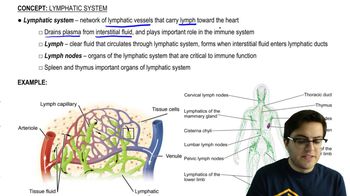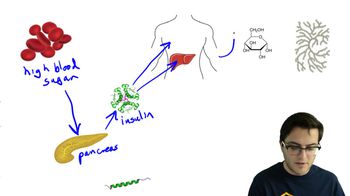What is the function of the cilia in the trachea and bronchi?
a. To sweep air into and out of the lungs
b. To increase the surface area for gas exchange
c. To dislodge food that may have slipped past the epiglottis
d. To sweep mucus with trapped particles up and out of the respiratory tract






